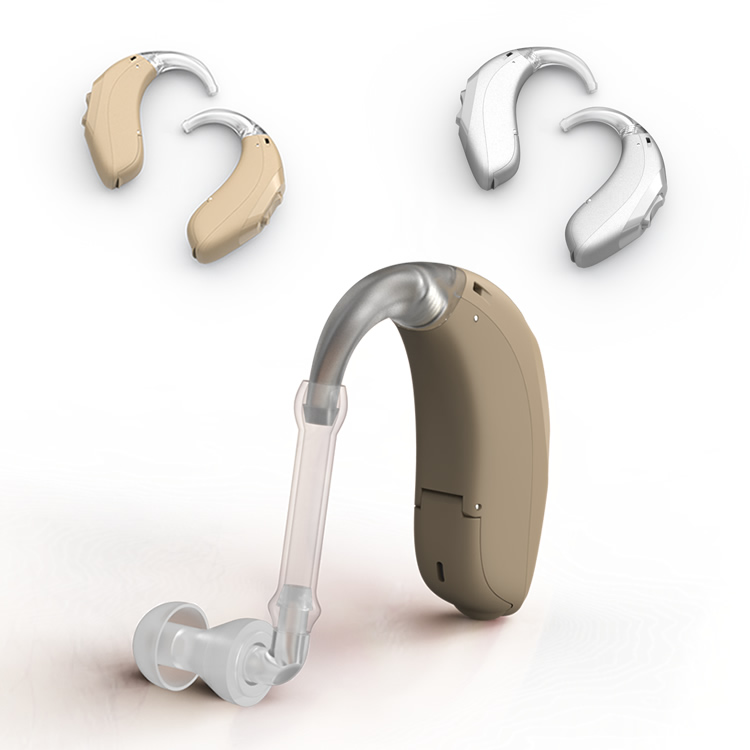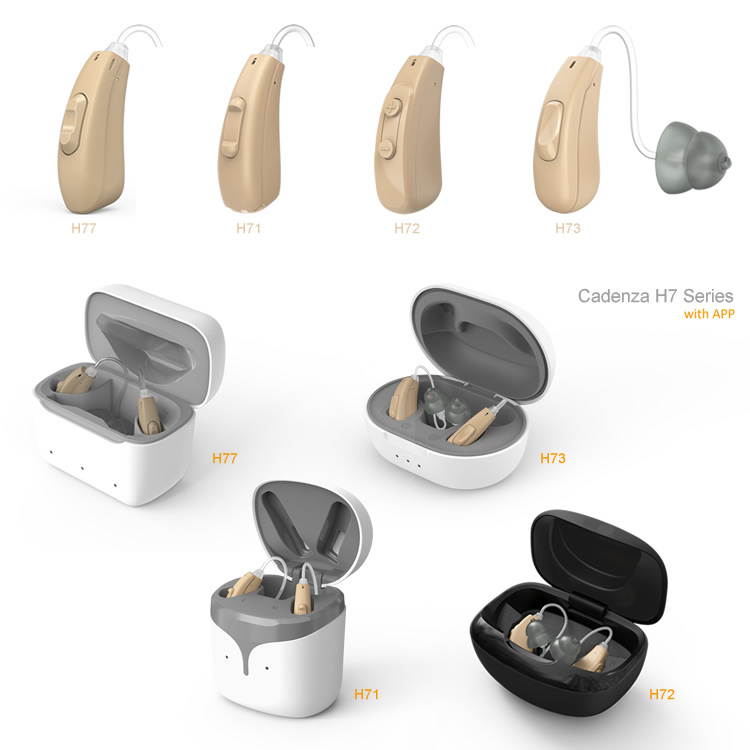- Home
- Hearing Loss
- Audiology
Who is not suitable for wearing hearing aids?
2025-03-25Are there also contraindications for people with hearing impairments? Don't wear hearing aids in this case. Others wear hearing aids that work, but you can't? Demystifying who is not suitable for wearing hearing aids.

Hearing aids, as an important tool for assisting hearing, play an important role in improving the quality of life of patients with hearing loss. However, some people are not suitable for wearing hearing aids in certain specific situations, and may even have adverse effects on patients.

1. Complete hearing loss:
The function of hearing aids is to selectively amplify sounds, relying on the residual hearing of hearing-impaired patients to perceive these amplified sound signals. For patients who have completely lost their hearing, hearing aids cannot provide effective help without residual hearing. For such patients, other hearing aids, such as cochlear implants, may need to be considered.
2. Sudden deafness:
Sudden deafness refers to a sharp drop in hearing in a short period of time. After treatment, the patient's hearing can be restored to varying degrees, and during the treatment, the patient's hearing may be in a fluctuating state. At this time, wearing hearing aids will affect the treatment effect and may even aggravate hearing loss. Therefore, during the treatment period, it is recommended that patients avoid wearing hearing aids. After the hearing condition is stable and the treatment period is over, decide whether to wear hearing aids based on the evaluation of the doctor or fitter.
3. Severe inflammation of the middle ear or outer ear:
In the case of severe inflammation of the middle ear or outer ear, such as furuncle in the external auditory canal or severe pus discharge in the middle ear, wearing a hearing aid will cause the patient's external auditory canal to be closed, which will aggravate the symptoms of inflammation and may cause the patient's ear pain to increase. Therefore, it is not recommended to wear a hearing aid during the onset of inflammation.
4. Abnormal reduction of dynamic range:
The dynamic range of hearing for people with normal hearing is usually around 100dB, which allows them to perceive sounds from very faint to very loud. However, once hearing loss occurs, this dynamic range will change significantly, and hearing loss of different degrees and natures will lead to great differences in the dynamic range of hearing. For some patients with sensorineural hearing loss, their dynamic range of hearing may be abnormally reduced, manifested as an increase in the hearing threshold and a decrease in the discomfort threshold. This situation makes it difficult for patients to tolerate loud sounds and insensitive to small sounds. During the debugging process of hearing aids, even after multiple parameter adjustments, patients still frequently express discomfort with the sound. For such patients, we must conduct a more detailed hearing assessment before debugging the hearing aids. If a full assessment is not conducted, the patient will easily feel uncomfortable wearing a hearing aid.
5. Congenital external and middle ear malformations:
For patients with congenital external and middle ear malformations, such as complete atresia of the external auditory canal, bone conduction hearing aids are usually considered instead of traditional air conduction hearing aids before surgical correction. The reason is that the function of air conduction hearing aids depends on the integrity of the outer ear and middle ear structures, and congenital outer and middle ear malformations may affect the normal function of these structures, resulting in obstruction of the air conduction sound transmission path. Therefore, before surgical correction to restore the middle and outer ear structure and hearing, bone conduction hearing aids provide an effective hearing aid solution.
6. Too high expectations for hearing aids:
The effect of hearing aids varies from person to person. For those patients with too high expectations, it may be difficult to experience satisfactory results. If the expectations are too low, patients may be skeptical about hearing aids, and even if they wear hearing aids, they may not be willing to actively wear and adapt. On the contrary, too high expectations may make patients disappointed with the actual effect of hearing aids, and mistakenly believe that once they wear hearing aids, they can return to normal hearing. However, hearing aids, as hearing aids, can only improve and enhance patients' listening effects as much as possible. Therefore, setting reasonable expectations is crucial for the effective use of hearing aids and patient satisfaction.

Therefore, hearing aids are not suitable for all people, and their suitability is affected by many factors, including the degree and type of hearing loss, the user's personal needs and health status. During the hearing aid fitting process, the user should be comprehensively and carefully evaluated, including hearing tests, ear health examinations and analysis of personal needs. For those users who are not suitable for hearing aids, other types of hearing assistive devices can be considered to ensure that they can get the hearing support that best suits their situation.
Best Chinese Hearing Aid Manufacturer
AUSTAR Hearing is a professional hearing aid manufacturer with more than 20+ years of experience. With international certifications such as CE 1639, ISO 13485 and FDA, it is more compliant, allowing you to buy with confidence and distributors to sell without worries.
Latest
Audiology













All 0 comments